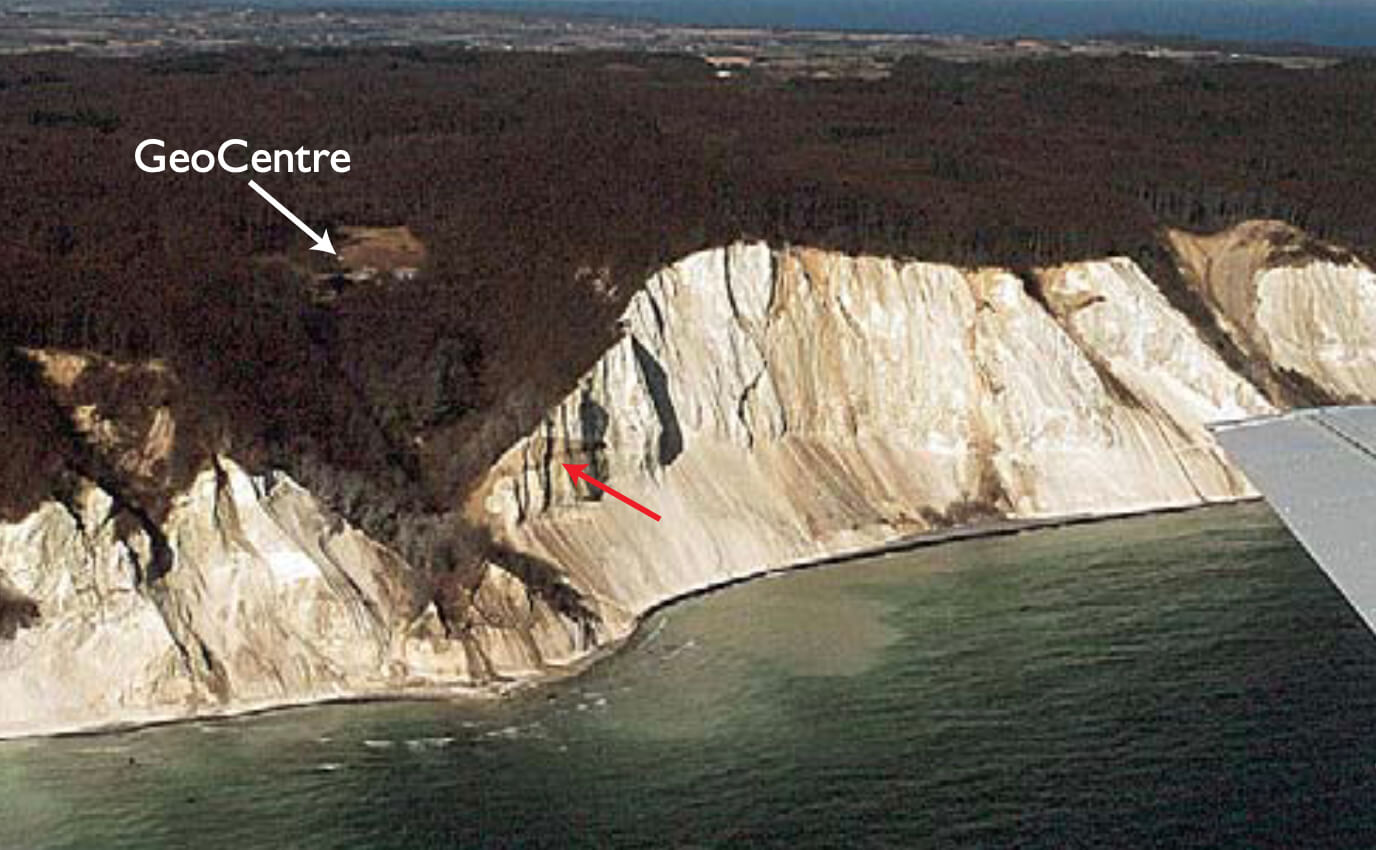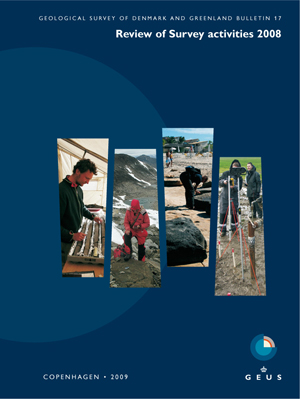
How to Cite
Share
Abstract
The Møns Klint Glaciotectonic Complex (Fig. 1) exposed in the N–S-trending chalk cliff on the east coast of the island of Møn in south-east Denmark is one of the most famous glaciotectonic geosites in the world. People of all nationalities are attracted to the site, which has more than 300 000 visitors per year. Many of them may not realise the uniqueness of the glaciotectonic framework, and are probably more fascinated by the spectacular view of the white cliff and chalk peaks separated by the deep green gorges. However, without the glaciotectonic deformation the cliffs would never have formed. Instead the Cretaceous chalk would still have been resting horizontally below the seabed, covered by glaciofluvial sand, glaciolacustrine clay and clayey till.
How to Cite
Share
Copyright (c) 2009 Stig A. Schack Pedersen, Peter Gravesen

This work is licensed under a Creative Commons Attribution 4.0 International License.
Downloads
Edited by Ole Bennike, Adam A. Garde and W. Stuart Watt
This Review of Survey activities presents a selection of 19 papers reflecting the wide spectrum of activities of the Geological Survey of Denmark and Greenland, including field-based, laboratory and remote sensing studies.
The Survey's activities in Denmark are illustrated by ten articles covering the [...]









